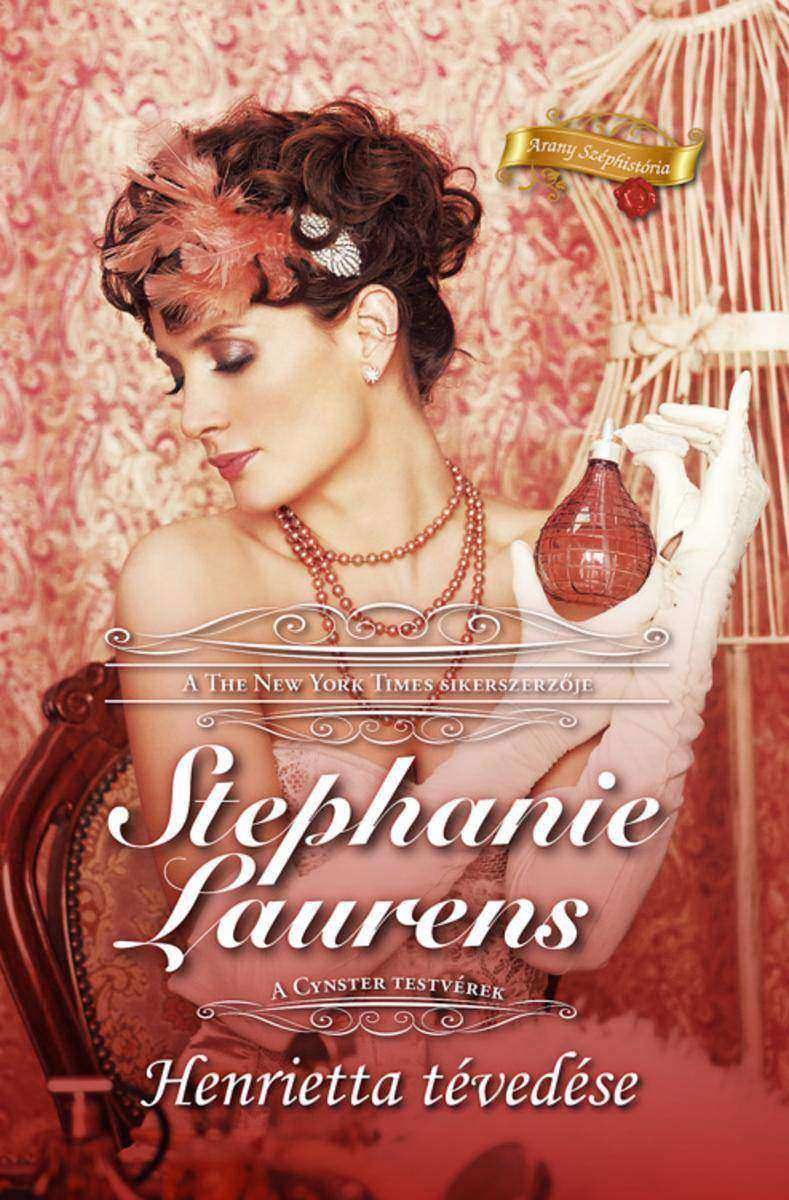
Júlia kül?nszám 54. k?tet
¥42.92
Júlia kül?nszám 54. k?tet

Szívhang 457. (Mikulás doktor)
¥18.72
Szívhang 457. (Mikulás doktor)

Júlia 519. (?t plusz egy esküv?)
¥18.72
Júlia 519. (?t plusz egy esküv?)

Tiffany 275–276. (Jósn? piros ruhában, Rafinált bosszú)
¥48.97
Tiffany 275–276. (Jósn? piros ruhában, Rafinált bosszú)

Júlia 516. (Egyetlen éjszakára)
¥18.72
Júlia 516. (Egyetlen éjszakára)

Romana 504. (Ameddig a takaród ér)
¥18.72
Romana 504. (Ameddig a takaród ér)

Flamenco és fakanál
¥18.56
Flamenco és fakanál

A kaszinó szépe
¥18.56
A kaszinó szépe

Olthatatlan lángok
¥18.56
Olthatatlan lángok

Kék szempár, édes ajkak/ A szívtipró visszatér
¥37.36
Kék szempár, édes ajkak/ A szívtipró visszatér

A sors rendelése?
¥18.72
A sors rendelése?

Egy hónap az élet?/ Sz?l?, bor, szerelem
¥37.20
Egy hónap az élet?/ Sz?l?, bor, szerelem

Déltengeri szenvedély
¥18.56
Déltengeri szenvedély

Csillagfény a szemedben
¥18.56
Csillagfény a szemedben

Kül?n?s házasságszerz?
¥18.56
Kül?n?s házasságszerz?

Romana 546. (Szívem zsarnoka)
¥18.56
Romana 546. (Szívem zsarnoka)

Fogadj el!
¥18.56
Fogadj el!

Júlia 573. (Hogyan t?rténhetett?)
¥18.56
Júlia 573. (Hogyan t?rténhetett?)

Henrietta tévedése
¥74.56
Henrietta tévedése

A fogadott lány
¥100.47
A fogadott lány

A tetovált srác
¥74.56
A tetovált srác




 购物车
购物车 个人中心
个人中心



